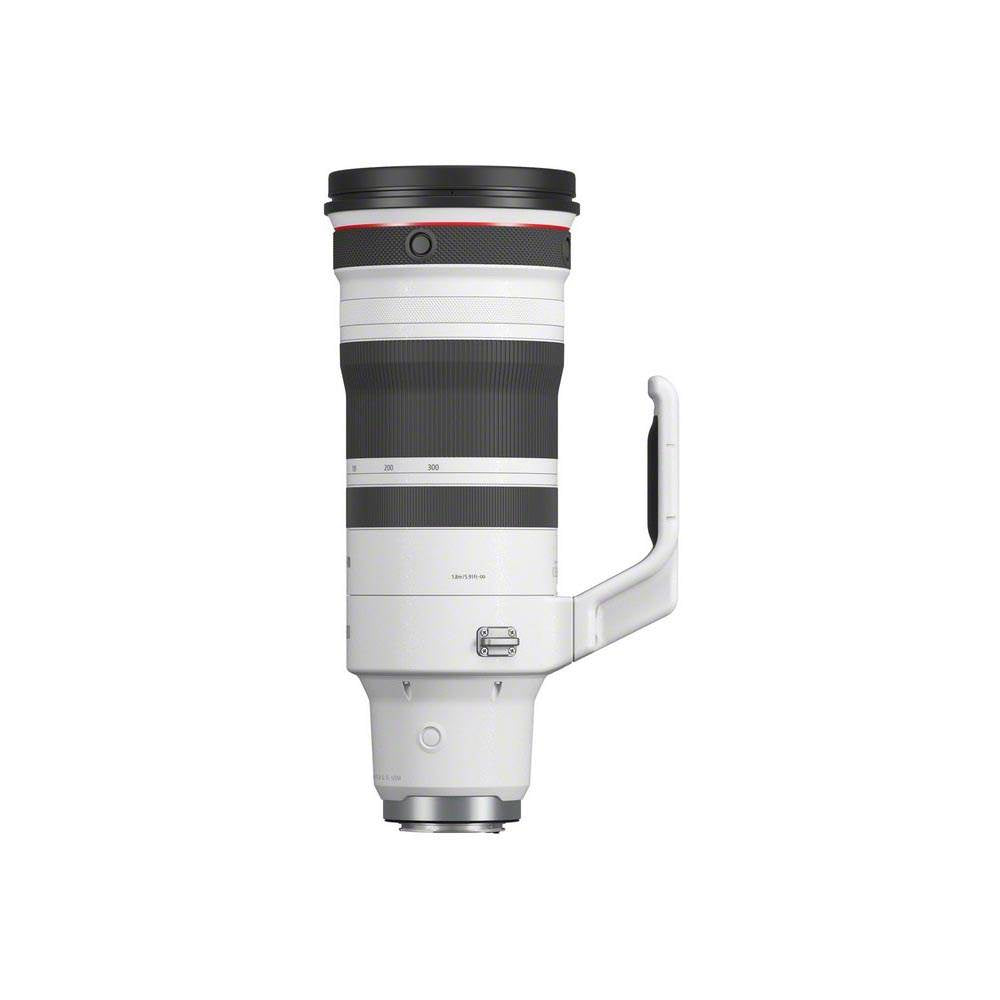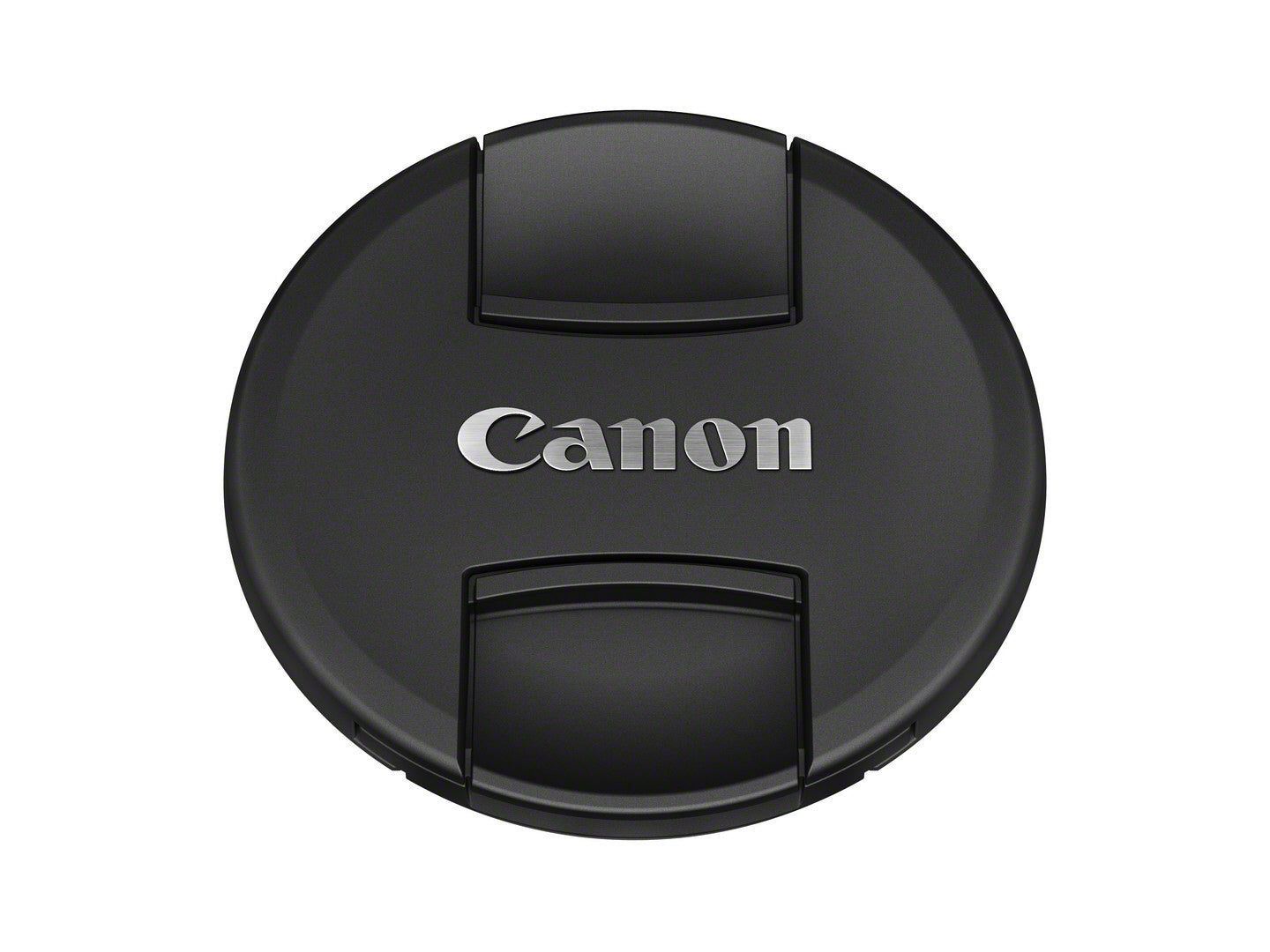Canon Winter Cashback Promotion 2025

Claim cashback on selected Canon cameras, lenses and binoculars – 17th October 2025 to 20th January 2026
Make this winter one to remember with Canon’s Winter Cashback promotion. Purchase selected Canon cameras, lenses or binoculars during the promotional period and claim cashback after your purchase.
It’s the perfect opportunity to upgrade your photography kit or invest in new creative tools – and get rewarded for it.
Find out more and claim your cashback on Canon’s official promotion page.
Product Description
Introducing the Canon RF 100-300mm F2.8L IS USM Lens: The Ultimate Telephoto Zoom for Professionals
Elevate Your Photography
The Canon RF 100-300mm f/2.8 L IS USM is a game-changer for indoor sports, events, theater, fashion, and more. With its exceptional range, high speed, advanced image stabilization, and fast autofocus, this lens is designed to meet the demands of professional photographers and videographers.

Key Features
- Full-Frame | f/2.8 to f/22
- Fast L-Series Telephoto Zoom
- Dual Nano USM AF System
- 5.5-Stop Image Stabilization
- Floating Focus Design
- Internal Zoom and Focusing Design
- Function/Focus Preset Selector Switch
- Fluorite, UD, and Aspherical Elements
- SSC and Fluorine Coatings
- Weather-Sealed Design

Zoom Evolution
Building on the legacy of Canon's renowned EF 300mm f/2.8 prime lenses, this RF 100-300mm f/2.8 lens offers unmatched versatility. Capture everything from distant action shots to wider frames with a constant f/2.8 aperture that excels in low light and provides a beautiful shallow depth of field.
- Wide to Telephoto: The 100-300mm range allows you to track moving subjects, capture candid moments from a distance, and include more context in your shots.
- Optical Excellence: Featuring fluorite elements, ultra-low dispersion glass, and an aspherical element, this lens delivers exceptional clarity and sharpness with minimal distortion.
- Superior Coatings: Canon's Super Spectra Coating (SSC) reduces ghosting and flare, making it ideal for backlit conditions and strong lighting scenarios.

Fast Autofocus and Image Stabilization
Perfect for capturing fast-moving subjects, the RF 100-300mm f/2.8 is equipped with advanced AF and IS technologies.
- Dual Nano USM: Combining a ring-type USM and STM mechanism, this system provides fast, accurate, and nearly silent autofocus, ideal for both photos and videos.
- Floating Focus Design: Two independently actuated focusing groups ensure sharpness throughout the zoom range.
- Focus Range Limiter: Optimize performance by limiting the focus range



Try The Kit - Canon Test Drive

Canon Test Drive – Try Before You Buy with Free Next Day Delivery
Test selected Canon gear with a 48-hour free trial or hire for up to 7 days at a low cost. Book anytime via the 24/7 live system.
How it works:
-
Book your kit – Choose dates and reserve online.
-
Pay a refundable deposit – Fully refunded upon safe return.
-
Fast delivery – Get your gear quickly and securely.
-
Easy returns – Use pre-paid packaging for simple drop-off or collection.
Visit https://testdrive.trythekit.com to book yours now.
Payment & Security
Your payment information is processed securely. We do not store credit card details nor have access to your credit card information.






















